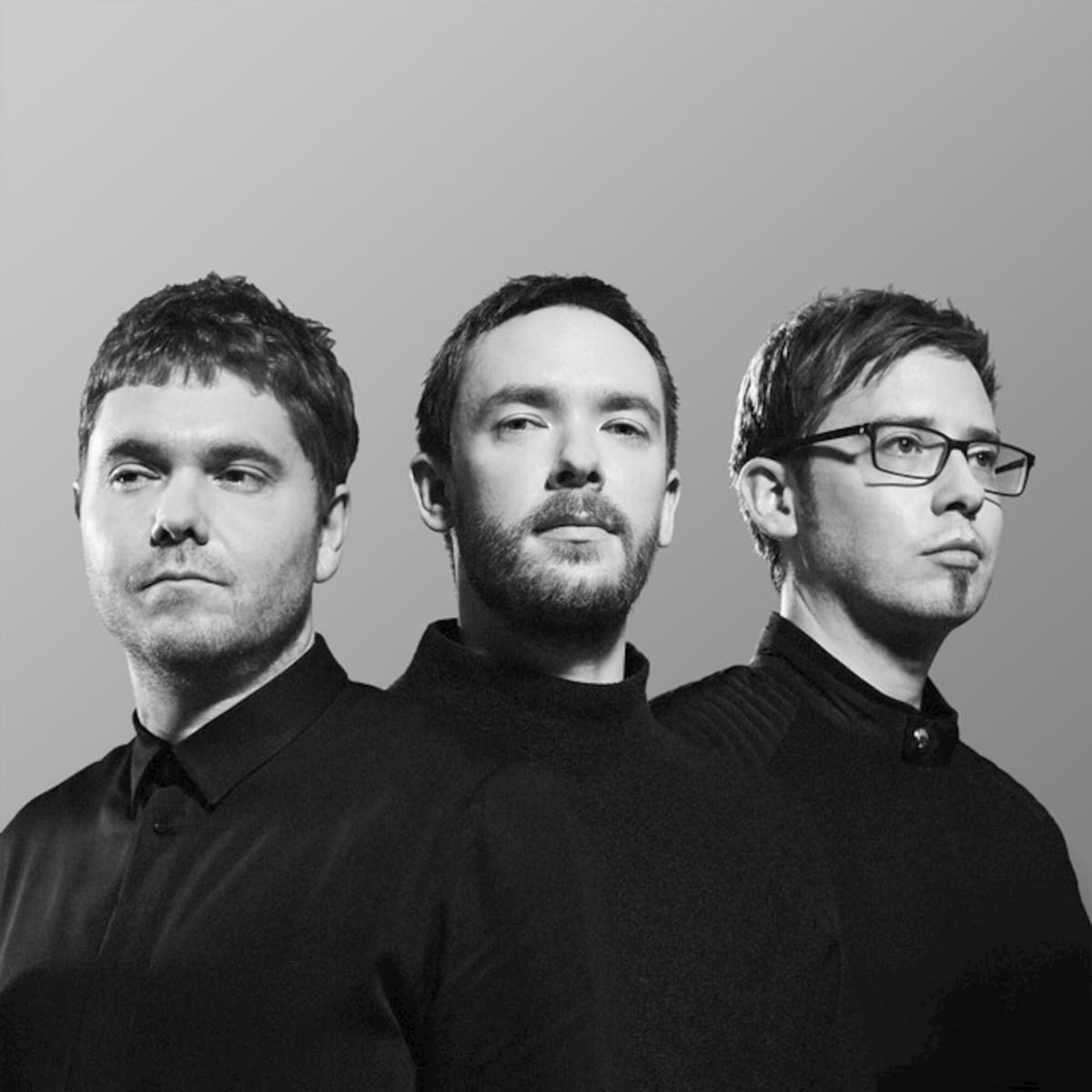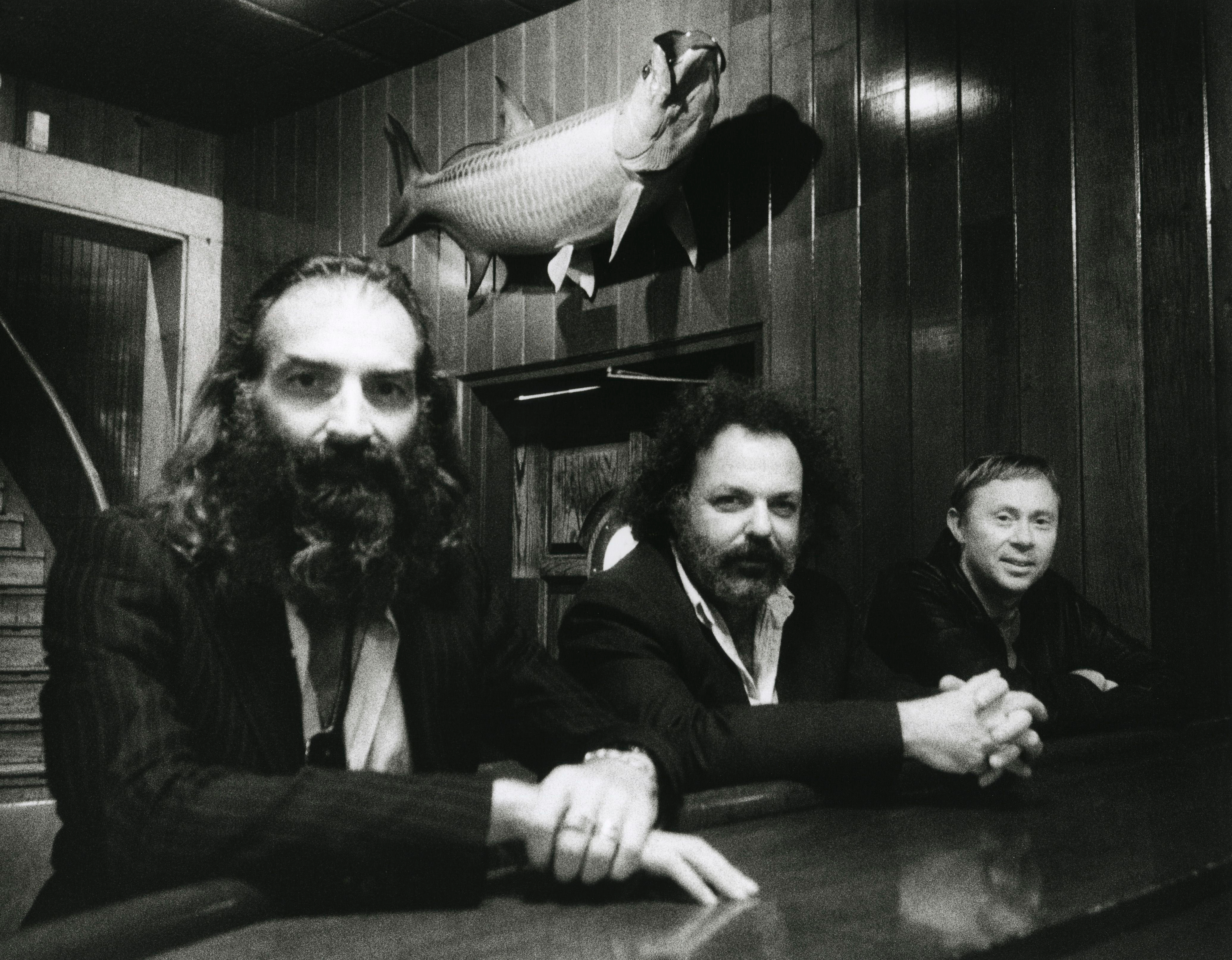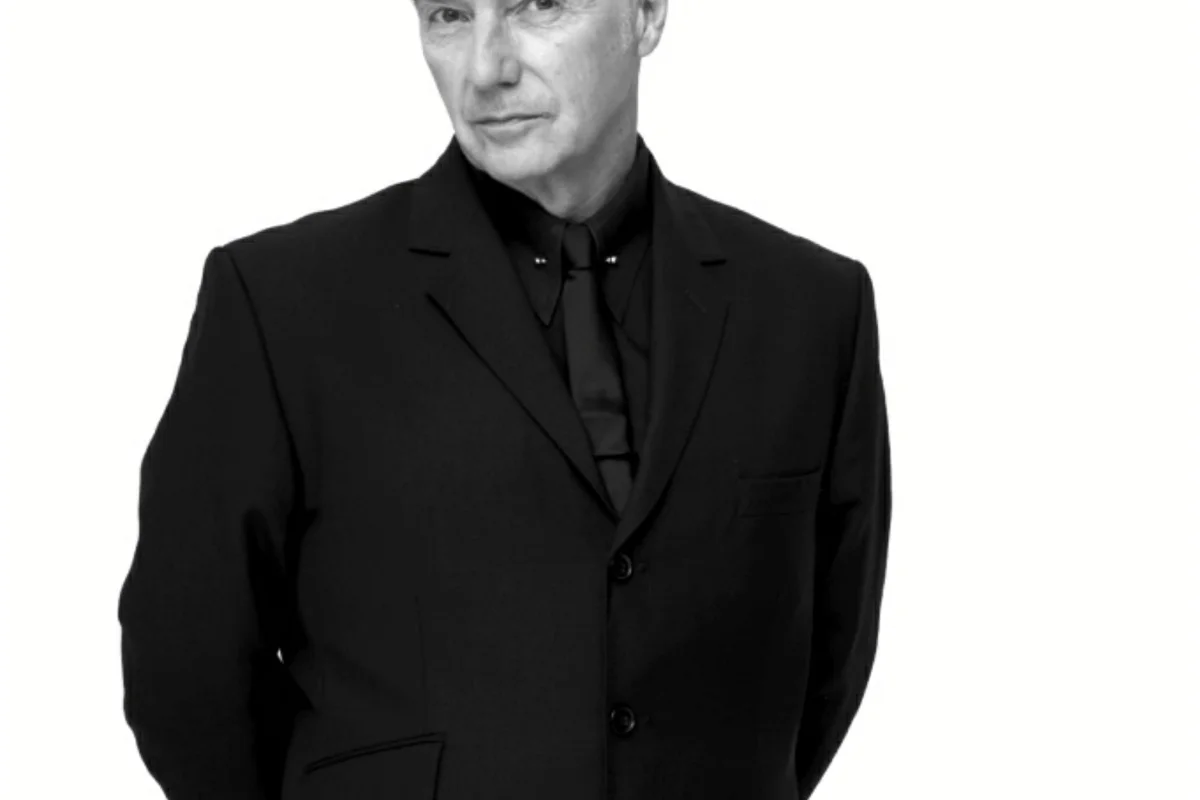
Hiromi - EFG London Jazz Festival London
Friday, Nov 21, 2025
20:00
, London
Nestled within the Brutalist architectural marvel of the Barbican Estate, the Barbican Centre in London is not a conventional nightclub but a multifaceted arts venue renowned for its unparalleled fusion of avant-garde performance spaces and an eclectic programming schedule. While it may not fit the typical "nightclub" mold, its Barbican Concert Hall, The Pit, and Cinema 1, 2, and 3 regularly host electrifying live music events that draw dedicated audiences seeking a truly immersive and artistically curated experience. The sheer scale and unique aesthetic of the Centre, coupled with its unwavering commitment to presenting diverse and often groundbreaking musical acts, solidify its position as a vital and distinctive hub within London’s vibrant live music ecosystem.
The Barbican Centre's story is intrinsically linked to the ambitious post-war Barbican Estate project, a visionary undertaking by the City of London Corporation to rebuild and reimagine a heavily bombed area. Designed by architects Chamberlin, Powell & Bon, the Barbican Estate itself is a landmark of Brutalist architecture, characterized by its stark concrete forms, elevated walkways, and integrated green spaces. The arts centre, which opened in 1982, was conceived as a crown jewel within this residential and cultural complex. Its architectural origins are deeply rooted in this modernist ethos, aiming to create a world-class performing arts venue that was both functional and aesthetically striking. The building's unique design, with its labyrinthine corridors and deliberately imposing concrete structures, is not just a backdrop but an active participant in the visitor experience, shaping the atmosphere before a single note is played. This architectural identity, often polarizing but undeniably memorable, forms a significant part of the Barbican's enduring appeal.
From its inception, the Barbican Centre was designed to be a home for a broad spectrum of the arts, including music, theatre, dance, and visual arts. Its opening was a significant moment in London's cultural landscape, offering a state-of-the-art facility that could host large-scale productions and attract international talent. Over the decades, it has championed a diverse range of musical genres, from classical orchestras and contemporary classical composers to jazz, world music, and experimental electronic artists. The Barbican's impact extends beyond its physical walls; it has played a crucial role in nurturing and presenting artists who push boundaries, fostering a discerning audience appreciative of artistic innovation. Its commitment to commissioning new works and collaborating with leading musicians has cemented its reputation as a forward-thinking institution. The venue’s deliberate contrast to more traditional concert halls or trendy music clubs contributes to its unique cultural imprint, offering an experience that is intellectual, artistic, and profoundly engaging.
The Barbican Centre's unique selling proposition lies in its uncompromising commitment to artistic integrity and its stunning, often formidable, Brutalist architecture, which creates a dramatic and acoustically distinct setting for live music. This architectural grandeur, combined with a daring programming policy, has made it a stage for countless unforgettable musical moments.
Here are some iconic performances and legendary nights that have graced the Barbican Centre:
The nearest Underground station is Barbican (Circle, Hammersmith & City, and Metropolitan lines), which is a mere 2-minute walk from the venue. St. Paul's (Central line) is also within a 10-minute walk. For national rail services, Liverpool Street and City Thameslink stations are approximately a 15-minute walk away, offering broader connectivity.
Numerous bus routes serve the immediate vicinity of the Barbican. Key routes include:
Driving to the Barbican is possible, but parking is limited and often expensive. The Barbican Estate has several car parks:
Note: London's Congestion Charge applies if driving within the zone between 7 am and 6 pm on weekdays.
The Barbican Centre is committed to providing a welcoming and accessible experience for all visitors.
The Barbican Centre is a multi-venue complex. The main Barbican Concert Hall has a seating capacity of **2,000**. Other spaces like The Pit and the cinemas have smaller capacities suitable for more intimate performances.
The most convenient way is by the London Underground to **Barbican station** (Circle, Hammersmith & City, Metropolitan lines), which is a 2-minute walk. Alternatively, **St. Paul's** (Central line) is a 10-minute walk. Numerous bus routes also serve the area.
Yes, the Barbican Centre is largely **wheelchair accessible**. Lifts provide access to most areas, and accessible toilets are available throughout the venue. Accessible seating can be booked in advance.
Door opening times vary for each event. Generally, doors open **30-60 minutes before the scheduled performance start time**. It is crucial to check your specific ticket or the Barbican's official website for accurate timings for your event.
The most convenient parking is the **Barbican Complex Car Park** (Postcode: EC2Y 8DS), located within the estate. Other nearby options include the car park at St. Bartholomew's Hospital (EC1A 7BE) and Sainsbury's near Moorgate (EC2M 2RH). Please be aware of London's Congestion Charge if driving during operational hours.

Friday, Nov 21, 2025
20:00

Friday, Nov 21, 2025
20:00

Saturday, Nov 22, 2025
20:00

Wednesday, Dec 3, 2025
19:00:00

Monday, Dec 8, 2025
20:00

Monday, Dec 8, 2025
20:00

Monday, May 25, 2026
19:00:00